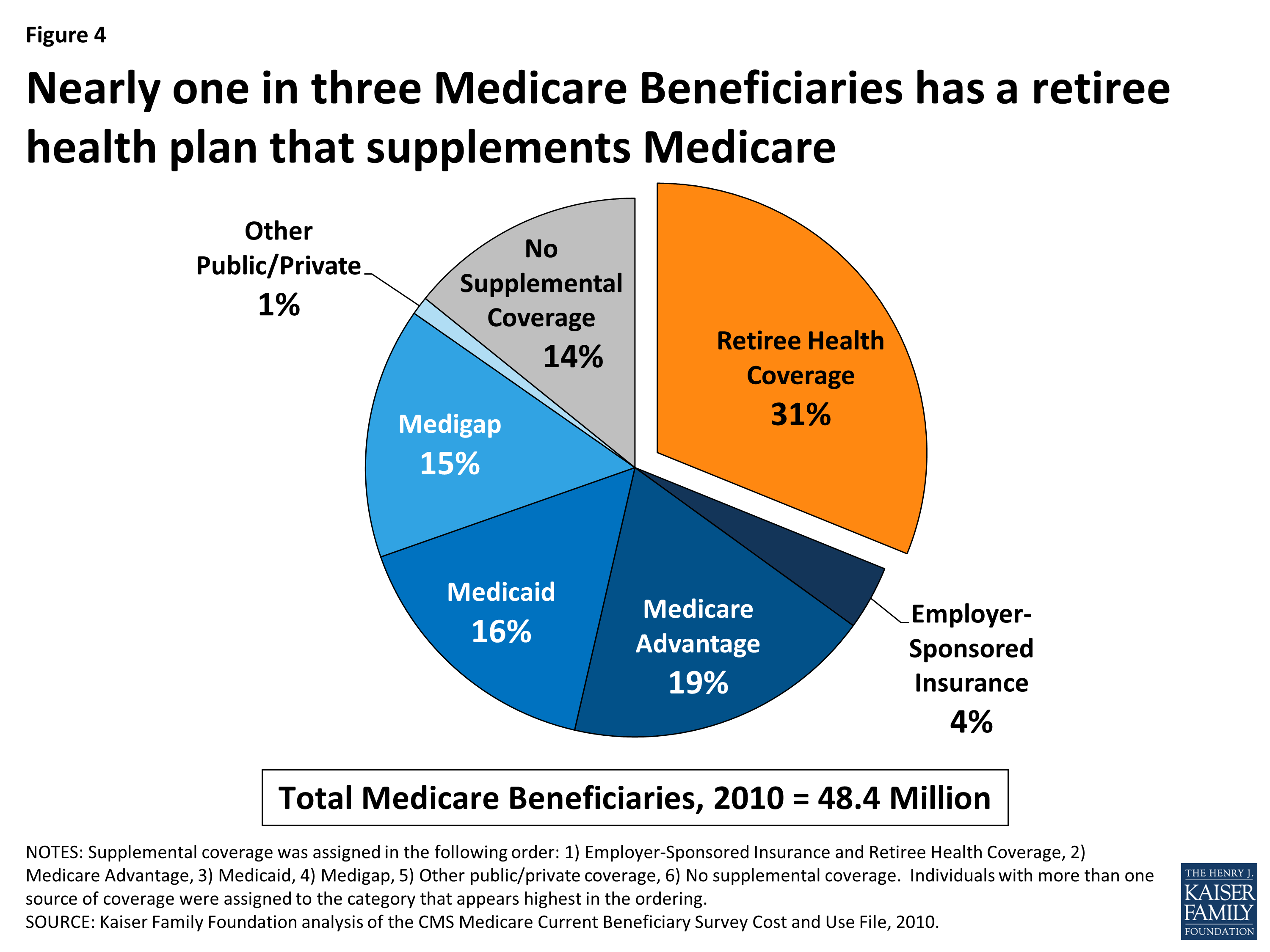Everything about Medicare Advantage Agent
Table of ContentsGetting The Medicare Advantage Agent To WorkThe Medicare Advantage Agent StatementsThe Best Strategy To Use For Medicare Advantage Agent

follows from confusing the fairly young age account of the without insurance with the better health and wellness, on standard, of younger individuals. This covers the web link between wellness condition and medical insurance. For those without accessibility to office medical insurance, poor health is a possible obstacle to acquiring nongroup protection because such protection may be highly valued, leave out pre-existing conditions, or be simply not available. The variety of without insurance Americans is not particularly huge and has actually not transformed in recent years. Seven out of 10 participants in a nationally representative survey thought that fewer Americans lacked health and wellness insurance coverage than really do(Fronstin, 1998). Approximately fifty percent(47 percent )believed that the variety of people without health and wellness insurance policy lowered or continued to be consistent over the last fifty percent of the last years(Blendon et al., 1999). This decline of nearly 2 million in the number of individuals 'without insurance coverage (a decrease
of about 4 percent)is certainly a positive change. With a softer economic situation in 2000 the newest reported gains in insurance coverage may not proceed(Fronstin, 2001 ). The decrease in the number of without insurance will certainly not continue if the economic climate remains slow and healthcare expenses remain to outpace inflation. This is because the data were collected for a duration of solid economic efficiency. Of the approximated 42 million individuals who were without insurance, almost about 420,000(about 1 percent)were under 65 years of age, the age at which most Americans end up being eligible for Medicare; 32 million were adults between ages 18 and 65, about 19 percent of all adults in this age; and 10 million were kids under 18 years of age, about 13.9 percent of all kids (Mills, 2000). These quotes of the number of individuals without insurance are produced from the annual March Supplement to the Existing Populace Study (CPS), carried out by the Census Bureau. Unless or else noted, nationwide quotes of individuals without health and wellness insurance policy and percentages of the population with various type of coverage are based on the CPS, one of the most widely made use of source of estimates of insurance protection and uninsurance prices. These studies and the estimates they yield are described briefly in Table B. 1 in Appendix B - Medicare Advantage Agent. These surveys vary in dimension and sampling approaches, the inquiries that are asked concerning insurance policy
An Unbiased View of Medicare Advantage Agent
insurance coverage, and the time period over which insurance protection or uninsurance is gauged(Lewis et al., 1998, Fronstin, 2000a ). Still, the CPS is particularly valuable because it creates yearly quotes relatively promptly, reporting the previous year's insurance coverage approximates each September, and because it is the basis for a constant collection of estimates for greater than twenty years, permitting for evaluation of fads in coverage with time.
:max_bytes(150000):strip_icc()/types-of-employee-benefits-and-perks-2060433-Final-edit-60cedb43c4014fdeb51aa3cd3c25f027.jpg)
Medicare Advantage Agent for Beginners
Over a three-year duration starting early in 1993, 72 million individuals, 29 percent of the U.S. population, were without insurance coverage for a minimum of one month. Within a solitary year(1994), 53 million individuals experienced at the very least a month without coverage(Bennefield, 1998a). 6 out of every ten without insurance adults are themselves employed. Functioning does boost the possibility that have a peek at this website one and one's household participants will certainly have insurance policy, it is not a warranty. Also participants of families with two full-time breadwinner have virtually a one-in-ten possibility of being uninsured (9.1 percent without insurance rate)(Hoffman and Pohl, 2000 ). The connection between medical insurance and accessibility to care is well established, as recorded later in this phase. The partnership in between health insurance coverage and wellness end results is neither direct neither easy, an extensive medical and health solutions research study literary works web links health insurance coverage
to improved better accessibility care, better far betterTop quality and improved boosted and population health status. For instance, the 2nd record, on individual wellness end results for without insurance grownups, is stood for by the innermost circle of the figure, while the 3rd report, on family well-being, encompasses the subjects of the second record however emphasizes a various unit of analysis, particularly, the family members. The 6th report in the series will certainly provide information concerning methods and campaigns carried out locally, statewide, or across the country to address the absence of insurance policy and its negative influences. Degrees of analysis for analyzing the effects of uninsurance. This conversation of medical insurance protection concentrates largely on the U.S. population under age 65 since practically all Americans 65 and older have Medicare or other public insurance coverage.
It focuses especially on those without any health and wellness insurance policy for any type of length of time. The issues faced by the underinsured remain in some aspects comparable to those dealt with by the without insurance, although they are generally much less extreme. Uninsurance and underinsurance, nonetheless, involve definitely different plan concerns, and the approaches for addressing them may vary. Throughout this research study and the 5 records to comply with, the primary focus gets on persons without any medical insurance and thus no support in spending for healthcare beyond what is available through charity and safeguard organizations. Medical insurance is a powerful factor impacting receipt of treatment due to the fact that both people and doctors reply to the out-of-pocket rate of services. Wellness insurance coverage, nonetheless, is neither essential nor adequate to get to medical services. The independent and direct effect of health
insurance insurance policy protection access to health health and wellness is well establishedDeveloped Others visit homepage will obtain the wellness care they require also without medical insurance, by spending for it expense or seeking it from providers that provide treatment cost-free or at highly subsidized rates. For still others, medical insurance alone does not make certain receipt of care due to other nonfinancial barriers, such as an absence of healthcare providers in their neighborhood, restricted accessibility to transport, illiteracy, or etymological and social distinctions. Official study concerning uninsured populations in the United States dates to the late 1920s and early 1930s when the Committee on the Expense of Healthcare created a series of records about financing medical professional office gos to and hospital stays. This concern came to be significant as the numbers of clinically indigent climbed during the Great Depression. Empirical studies continually support the web link in between accessibility to care and improved health end results(Bindman et al., 1995; Starfield, 1995 ). Having a regular resource of treatment can be considered a forecaster of access, instead of a straight measure of it, when health results are themselves made use of as accessibility signs. This expansion of the concept of gain access to dimension was made by the IOM Committee on Keeping Track Of Gain Access To to Personal Wellness Treatment Solutions(Millman, 1993, p. Whether or not parents are insured this hyperlink appears to impact whether or not their kids obtain treatment as well as just how much careeven if the children themselves have coverage(Hanson, 1998). The health and wellness of moms and dads can impact their capability to look after their youngsters and the level of family members stress and anxiety. Worrying about their kids's access to care is itself a resource of anxiety for moms and dads. Three chapters follow in this report. Phase 2 gives an introduction of just how employment-based wellness insurance, public programs and specific insurance plans run and interact to provide extensive but incomplete insurance coverage of the U.S. populace. This includes an evaluation of historic trends and public laws impacting both public and private insurance policy, a discussion of the communications among the various kinds of insurance coverage, and an exam of why individuals relocate from one program to another or wind up
